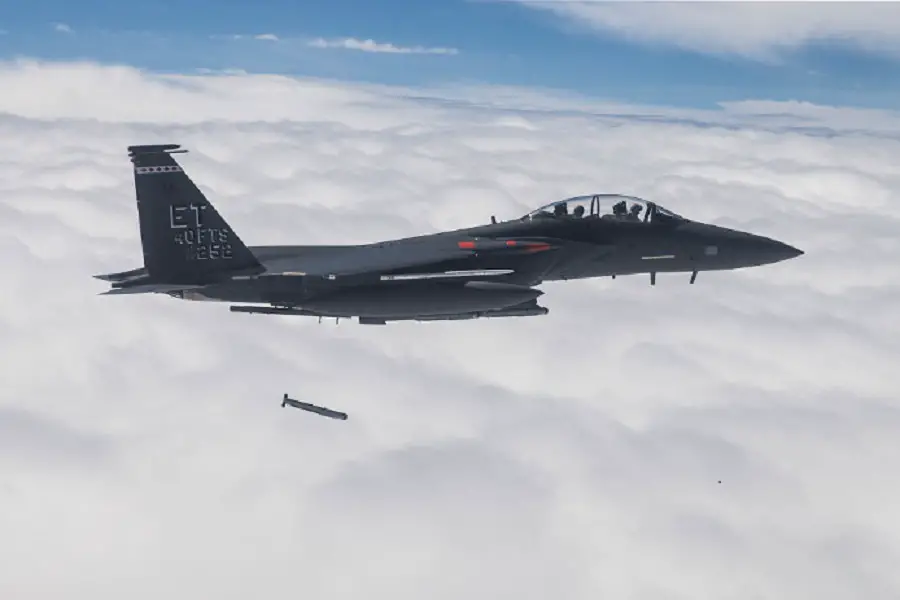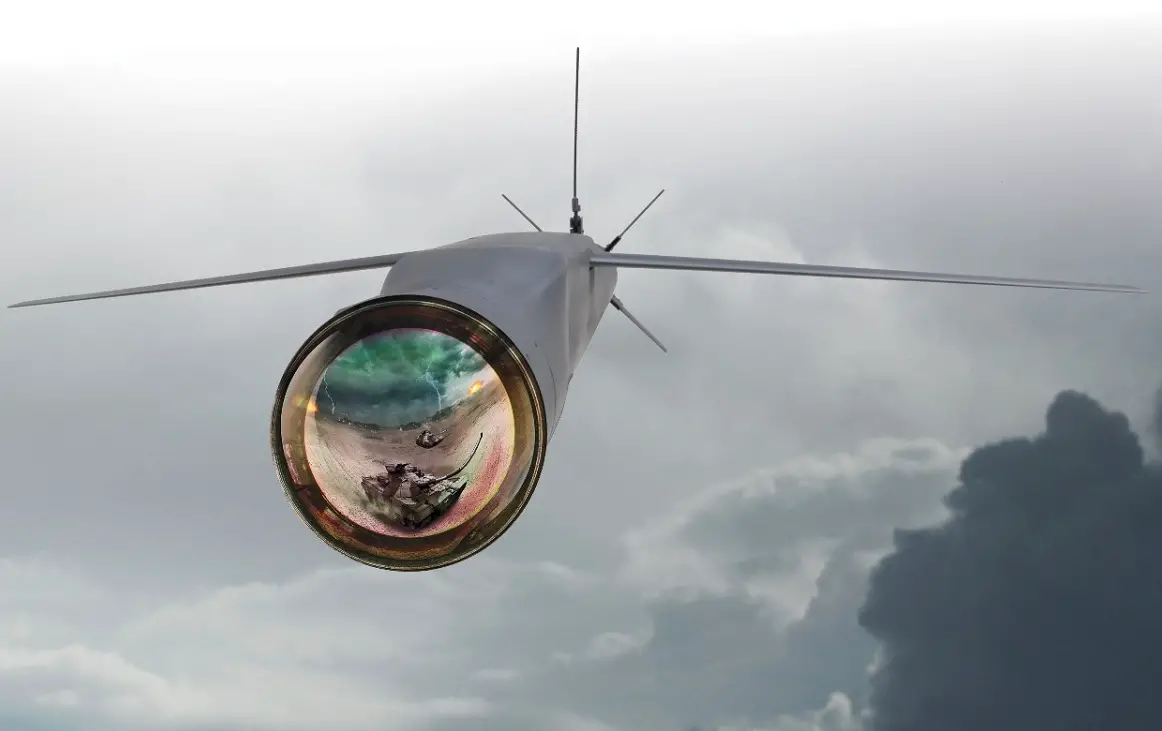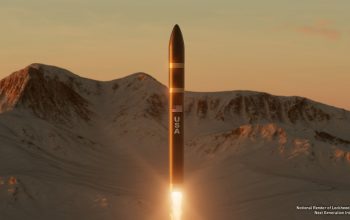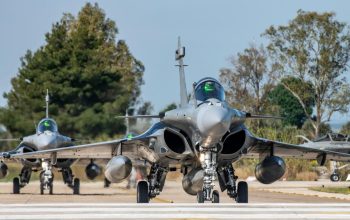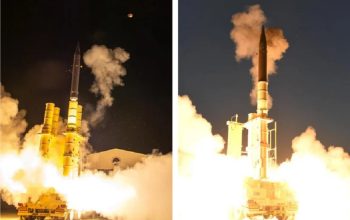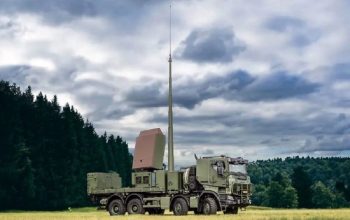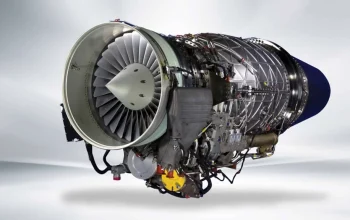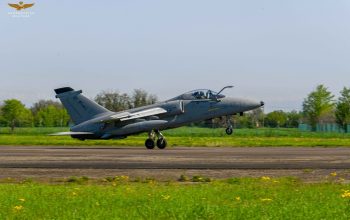Raytheon Missiles and Defense, Tucson, Arizona, has been awarded a modification totaling a $250,000,000 ceiling increase to previously awarded contract for a StormBreaker® Small Diameter Bomb II (SDB II) integrated engineering change proposal. This contract provides for design, development, integration, test, and production engineering for changes to the SDB II GBU-53/B technical and production baseline. Work will be performed in Tucson, Arizona, and is expected to be completed by Aug. 22, 2027. This award is the result of a sole-source acquisition. The total cumulative face value of the contract is $700,000,000. U.S. Air Force Life Cycle Management Center, Eglin Air Force Base, Florida, is the contracting activity.
The GBU-53/B StormBreaker, previously known as the Small Diameter Bomb II, is an American air-launched, precision-guided glide bomb. Development was started in 2006 for a 250 pounds (113 kg) class bomb that can identify and strike mobile targets from standoff distances in all weather conditions. It will be integrated on the McDonnell Douglas F-15E Strike Eagle, F/A-18 Hornet, and F-35 Lightning fighters. Its first flight was announced on May 1, 2009. A contract to start low-rate production LRIP was awarded to Raytheon in June 2015. In July 2018, Raytheon announced that the SDB II recently renamed StormBreaker, had entered operational testing; the weapon had achieved a 90% success rate during developmental testing.
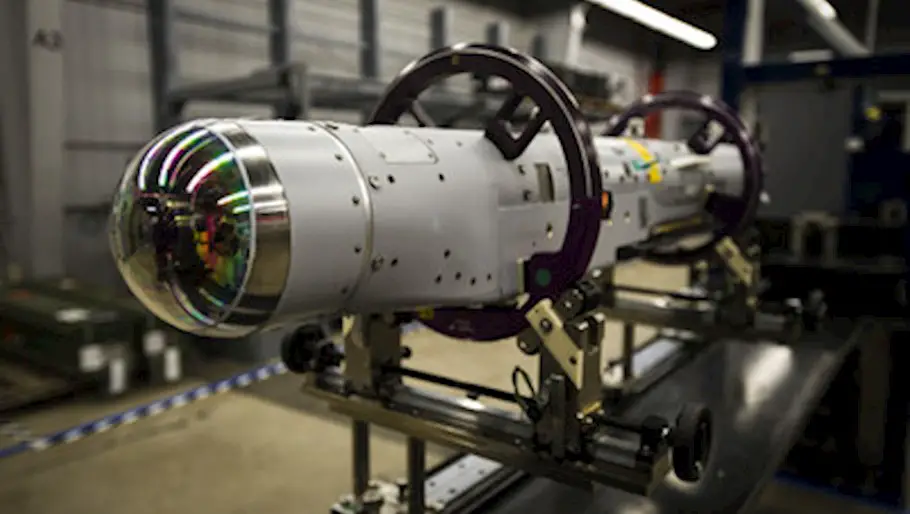
The bomb can use GPS/INS to guide itself into the general vicinity of a moving target during the initial search phase, with course correction updates provided using a Link 16 over the UHF data link. The bomb has three modes of target acquisition: millimeter-wave radar, infrared homing using an uncooled imaging seeker, and semi-active laser homing. The weapon is capable of fusing the information from the sensors to classify the target and can prioritize certain types of targets as desired when used in semi-autonomous mode. The shaped charge warhead in the bomb has both blast and fragmentation effects, which makes it effective against infantry, armor (including MBTs), unhardened structures and buildings, as well as patrol craft-sized boats and other soft targets.
The use of uncooled imaging infrared has been cited as innovative and effective in reducing costs. An important feature of the new weapon is maximizing the number of bombs carried by the strike aircraft. A total of 28 GBU-53/B can be carried by the F-15E Strike Eagle using seven BRU-61/A suspension units, each carrying four bombs. Eight bombs along with two AIM-120 AMRAAM missiles can be carried in the weapons bay of the F-22 Raptor or the F-35 Lightning II. The F-35 will not be able to operate the bomb until the aircraft receives the Block 4 software package in 2022. The SDB II bomb rack originally did not fit inside the smaller F-35B weapons bay. An F-35 can carry 24 total bombs, 8 internally and 16 externally.
